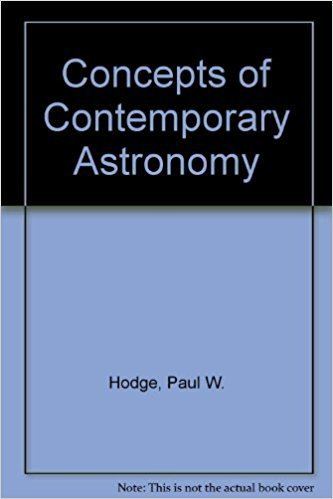Name Paul Hodge | Role Astronomer | |
 | ||
Books Meteorite Craters and Impa, An Atlas of Local Group Ga, Sampling Dust from the Strato, The Andromeda Galaxy, The Large Magellanic Cloud | ||
Paul W. Hodge (born 1934) is an American astronomer whose principal area of research is the stellar populations of galaxies.
Contents
Education & Employment
Born in Seattle, Washington on November 8, 1934, Hodge grew up in the neighboring town of Snohomish. As a youth his interests were primarily physics, astronomy and music. He obtained a BS degree in physics at Yale University in 1956 and a PhD degree in astronomy at Harvard University in 1960. He was a National Science Foundation Post-doctoral Fellow at the Mt. Wilson and Palomar Observatories before joining the faculty of the University of California at Berkeley in 1961. He moved to the University of Washington in 1965, where he remained until 2006, when he became Professor Emeritus of Astronomy. Between 1984 and 2004 he was Editor in Chief of the ASTRONOMICAL JOURNAL.
Research
Hodge is author or co-author of over 550 research papers and talks at professional meetings, as well as 28 books. Most of the papers are concerned with the extragalactic universe, especially nearby galaxies, their distances and their histories. Work on the Magellanic Clouds, carried out at observatories in South Africa, Australia and Chile, included a study of young stellar associations, of which he and his students published the first catalog. With colleague F. W. Wright, he published two widely used atlases of the Magellanic Clouds. He was the first to study the structure of the Local Group dwarf galaxies and carried out the first large-scale survey of star-forming regions (HII regions) in spiral galaxies, in which he and his students mapped a total of 13011 of these objects. He and his former student, K. Krienke, have discovered 652 star clusters in the Andromeda Galaxy (M31).
In the early years of his career he also did pioneering work on the collection of interplanetary dust from the upper atmosphere. With his graduate student, Donald Brownlee, he was the first to use high-altitude aircraft (e. g., B52’s and U2’s) to collect candidate meteoritic dust particles. Together, they also investigated meteoritic dust from deep sea sediments and from the Moon. In related research he collected and studied meteoritic particles in the soil surrounding terrestrial meteorite craters.
A long-term mountain enthusiast, Hodge has hiked extensively in the Cascade Mountains and has published six books related to mountains and mountain trails. In 2001 the asteroid 14466 was named "Hodge" in his honor.
